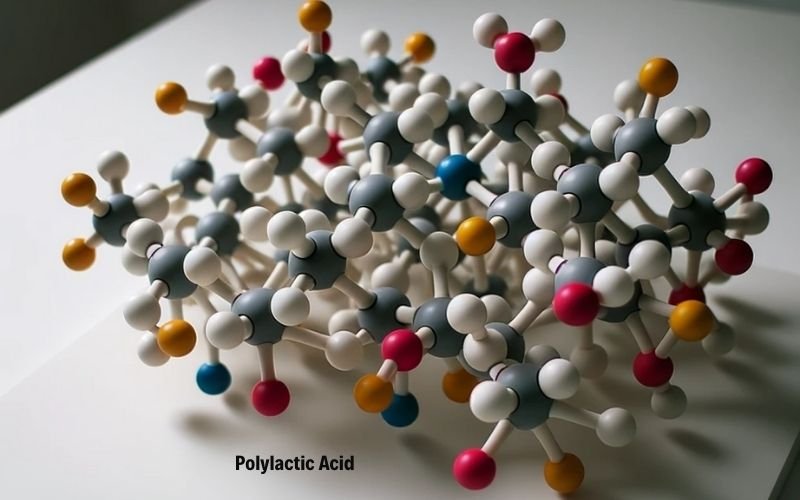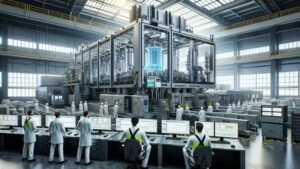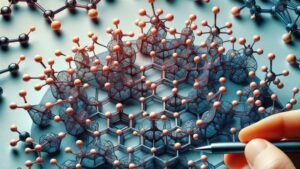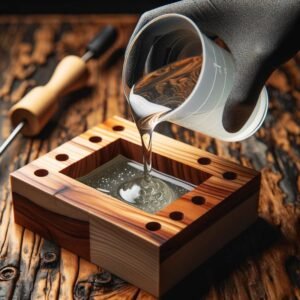Introduction
In an era where environmental concerns take center stage, the quest for eco-friendly alternatives to traditional plastics has led to the emergence of innovative materials like Polylactic Acid (PLA). In this blog post, we will delve into the realm of PLA, exploring its origins, properties, applications, and environmental impact. Our aim is to shed light on how PLA is shaping the future of plastics.
What is Polylactic Acid (PLA)?
Polylactic Acid, or PLA, is a biodegradable and bioactive thermoplastic derived from renewable sources such as corn starch or sugarcane. It is formed through the polymerization of lactic acid and stands out from conventional plastics due to its exceptional biodegradability and compostability.
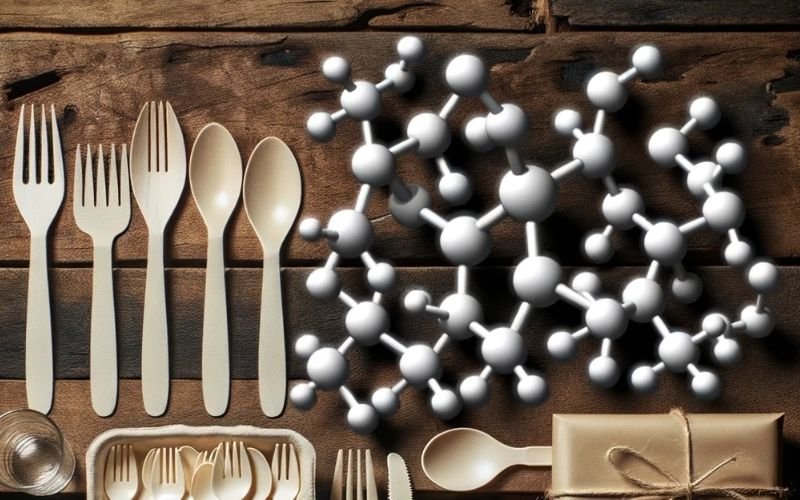
Properties of PLA
PLA possesses several key properties that make it a compelling alternative to traditional plastics:
- Transparency and Appearance: PLA is known for its transparency, making it suitable for applications where aesthetics are paramount.
- Strength and Stiffness: It exhibits good strength and stiffness, rivaling some conventional plastics like PET.
- Heat Resistance: While PLA can withstand moderate temperatures, it may deform at higher temperatures when compared to plastics like Polypropylene (PP).
- Barrier Properties: PLA can provide adequate barrier properties for certain applications, though it may require modifications for more demanding requirements.
Manufacturing Process
The production of PLA begins with the extraction of fermentable sugars from crops like corn or sugarcane. These sugars are then transformed into lactic acid through a fermentation process. Subsequently, PLA polymerization occurs, resulting in the formation of resin pellets used in various applications. One notable advantage of PLA production is its reduced carbon footprint, as it relies on renewable resources and consumes less energy than petroleum-based plastics.
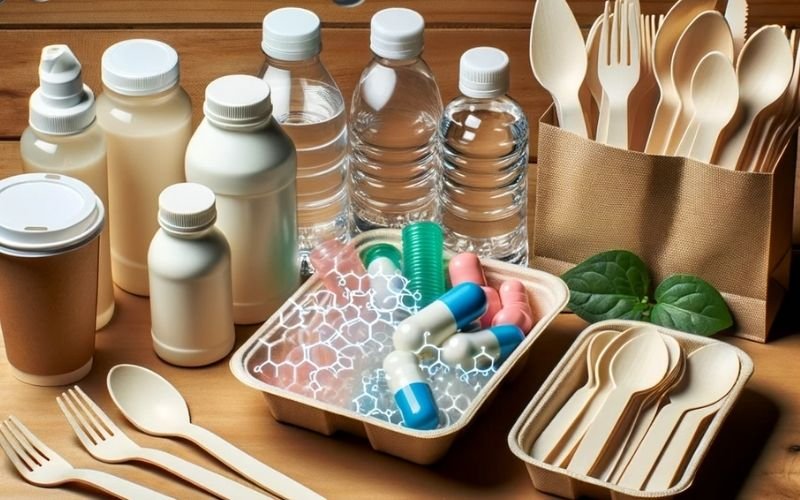
Applications of PLA
PLA’s versatility has led to its adoption across diverse industries and applications:
- Food Packaging: PLA is frequently used for food containers, cutlery, and even food films due to its biodegradability and non-toxic nature.
- 3D Printing: Its ease of printing and biodegradability make PLA a favorite in the 3D printing community for creating prototypes, toys, and artistic pieces.
- Textiles and Apparel: PLA-based fabrics are emerging as sustainable alternatives in the fashion industry, offering advantages like breathability and moisture-wicking.
- Medical Devices: PLA’s biocompatibility makes it suitable for medical applications such as sutures and drug delivery systems.
Environmental Impact
PLA offers significant environmental benefits:
- Reduced Greenhouse Gas Emissions: PLA production generates fewer greenhouse gas emissions compared to petroleum-based plastics.
- Biodegradability and Compostability: PLA can biodegrade under specific conditions, reducing plastic waste in landfills and oceans.
- Reduced Fossil Fuel Dependence: PLA’s reliance on renewable resources decreases our dependence on fossil fuels.
It’s essential to note that efficient biodegradation of PLA requires specific industrial composting conditions, which may not be universally available.
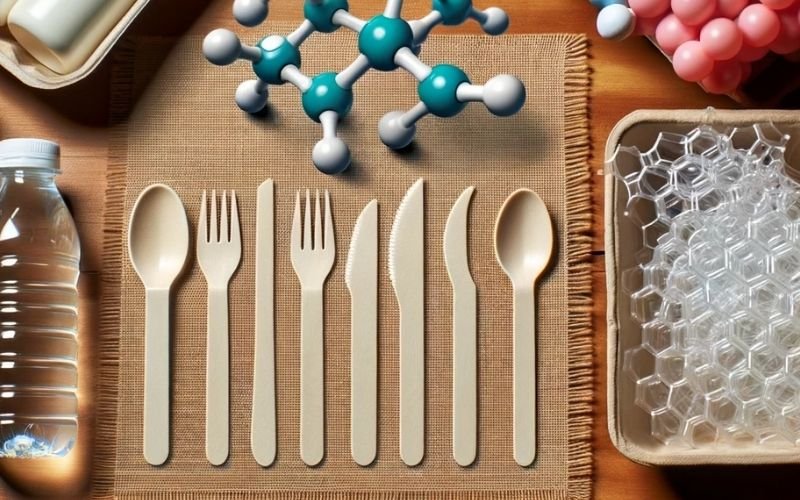
PLA vs. Traditional Plastics
To better understand the advantages of PLA, let’s compare it to traditional plastics:
| Property | PLA | PET | PP |
|---|---|---|---|
| Biodegradability | Yes | No | No |
| Transparency | High | High | Low |
| Strength and Stiffness | Good | Excellent | Good |
| Heat Resistance | Moderate | High | High |
| Production Source | Renewable (Plants) | Fossil Fuels (Petroleum) | Fossil Fuels (Petroleum) |
| Environmental Impact | Lower carbon footprint | High carbon footprint | High carbon footprint |
While PLA excels in biodegradability and a reduced carbon footprint, it may have limitations in heat resistance for specific applications.
Future Prospects and Challenges
The future of PLA holds promise and challenges alike. Researchers continue to work on enhancing its properties, especially heat resistance, to broaden its range of applications. PLA’s success also hinges on the development of improved recycling and composting infrastructure to maximize its environmental benefits.
Conclusion
In the pursuit of sustainable plastic alternatives, Polylactic Acid (PLA) shines as a beacon of hope. With its biodegradability, renewable sourcing, and versatility, PLA offers a compelling solution to reduce plastic pollution and our dependence on fossil fuels. As we explore ways to safeguard our planet, PLA serves as an exemplar of how innovation can pave the way to a more sustainable future.

